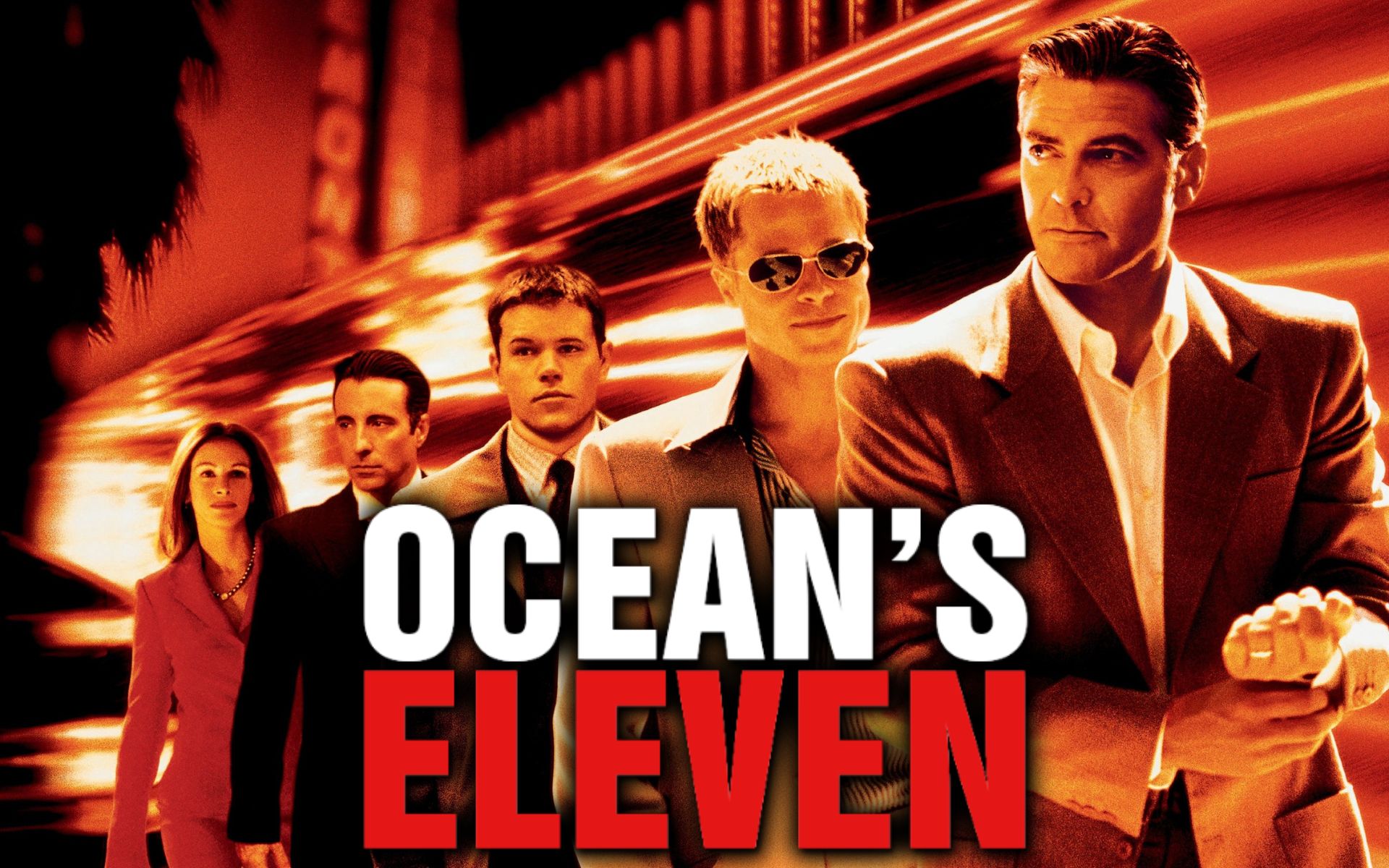He MonsterVerse – at least the American version of it – was shown sporadically on the big screen. A traditional saga with several unsuccessful projects, including the unforgettable film directed by Roland Emmerich, Kaiju having problems finding my audience. Finally he did it with a hard Godzilla since 2014, directed by Gareth Edwards.
The production brought the core elements of the franchise’s growing universe to Hollywood. But even though the film renewed interest in Titans, none of the subsequent stories were as successful. Forget the origin, history and context of the titular monster’s mythology. A serious mistake in a set of films that already spans 32 in Japan and 4 in North America.
Godzilla minus one
Takashi Yamazaki’s Godzilla Minus One takes the best of kaiju cinema and blends it with the quintessential moments of the Godzilla tradition. The film takes place in Japan after World War II. The film transforms the Titan into a violent, unstoppable and insatiable threat, much different from his harmless American version.
Perhaps for this reason, Japanese director Takashi Yamazaki decided to return to the basic elements of the saga in Godzilla minus one(2023). Which is surprising, because this is a visual and plot risk. Hollywood feature films that become box office hits have their own aesthetic and story. So, returning to the center of tradition Godzilla, which is almost 70 years old, is starting from scratch. Something the director achieves by mixing familiar spaces with modern touches. Everything is under a visual section that amazes with its sobriety, good quality and lack of envy of projects that triple the budget.
Legendary monster
That’s what’s most amazing about Godzilla minus one , is what a director can do with limited resources. On a narrative level, going back to a time when a prehistoric monster was an allegory for nuclear war is a success. From the prologue the argument clearly shows that Godzilla This is a furious beast. One that is impossible – at least not by simple means – and that will destroy everything in its path. American cinema, which turned a creature into an anti-hero or villain, is a thing of the past. Here, the titan is a force of nature, advancing in the midst of total destruction.

The film takes place at the end of World War II. The first minutes of the film tell you everything you need to know to understand its plot. Including how a kamikaze pilot Koichi (Ryunosuke Kamiki) makes the dramatic decision to desert. What may seem like an act of survival in the midst of war becomes the focus of their behavior and decisions in the future. Wracked with guilt and faced with a monster apparently created by radiation, the character has few options. One of them is care Noriko (Minami Hamabe), who in turn is trying to save the life of an unknown baby. The trio make their way through the ruins of Tokyo, and then must die under the merciless claws of Godzilla.

The plot uses the chemistry between the characters to transform them into symbols of the city under ruins. The director emphasizes this idea with close-ups of collapsed buildings and smoldering ruins. This, by the way, is the same image as any other self-respecting Godzilla movie, but this time more complete and better thought out. To complete the atmosphere, Takashi Yamazaki borrows some ideas from Hideaki Anno and Shinji Higuchi’s Shin Godzilla (2016). Including the emotional and human tone of the plot. Unlike North American productions, in Japanese cinema, characters shorter than twenty meters also matter.
Regardless, this is a monster movie.
But, without a doubt, this story is based on tradition GodzillaHe devotes a significant part of his filming to this. This time, cinema’s most famous monumental lizard represents a natural event comparable to an atomic attack. This manifests itself in the fact that nothing survives after this. This is not about evil or a cheap villain. It is simply a consequence of something larger – if that is possible – and that is how it is treated.
The director uses practical special effects that allow the creature to have limited, awkward and organic mobility. Restoring the quality of the uncontrollable beast, the entire film is supported by the threat he poses. Furthermore, the characters do not have enough resources to hold him off, or at least to save their lives from his attack. The script, also written by the director, emphasizes the violence that is emphasized in open shots, a titan demonstrating its ferocity.

Of course, it wouldn’t be a Godzilla story without some sentimental or heroic plot twists from the human characters. Even so, the film retains its savage quality most of the time. At the same time, he turns his colossal protagonist into a terrifying vision of fear and the inevitable. A subtle detail that makes the ribbon something special more than a collection of brutal scenes of people thrown into the void or radioactive blue beams cutting through the air.
Source: Hiper Textual













